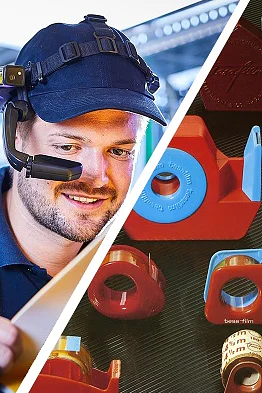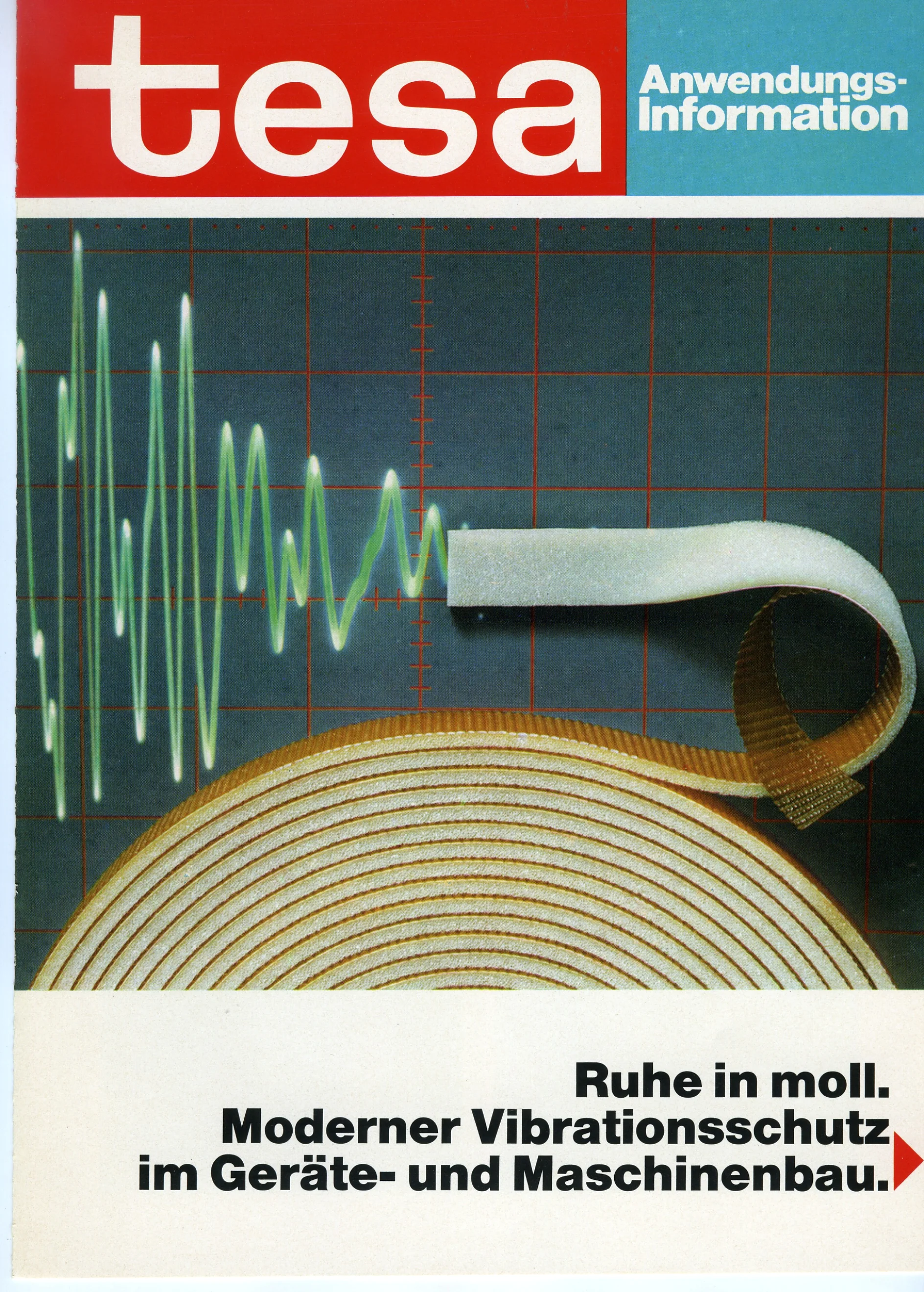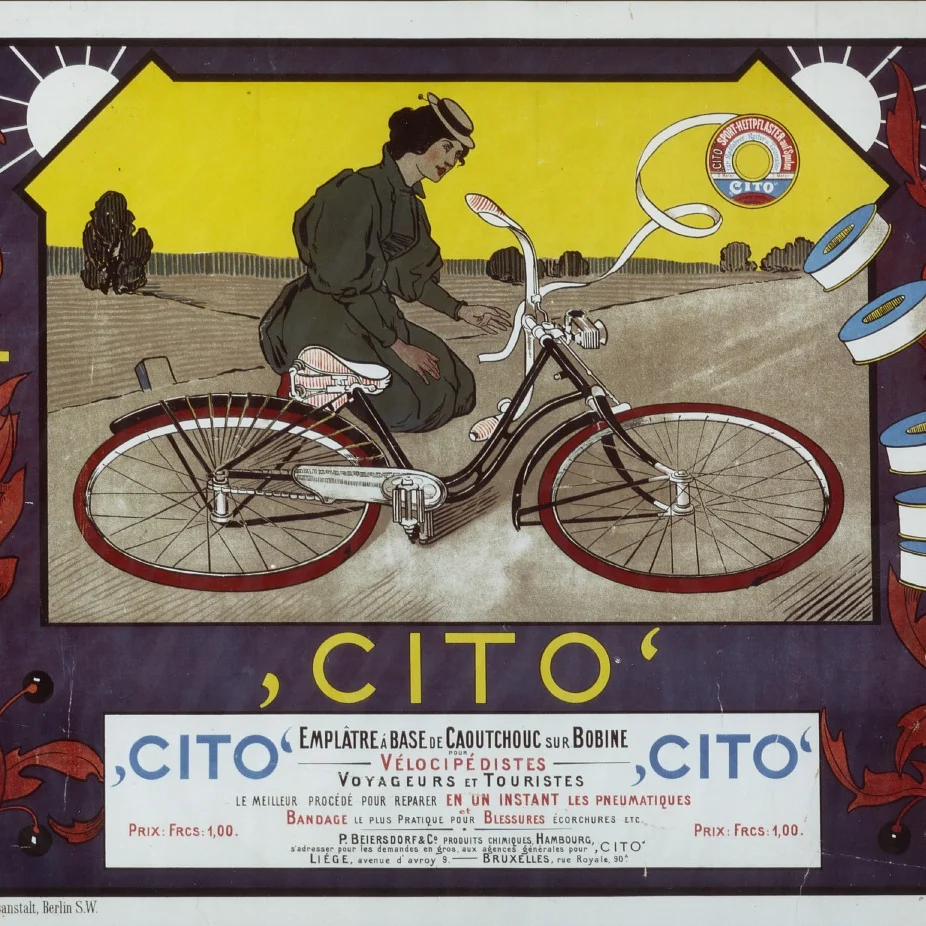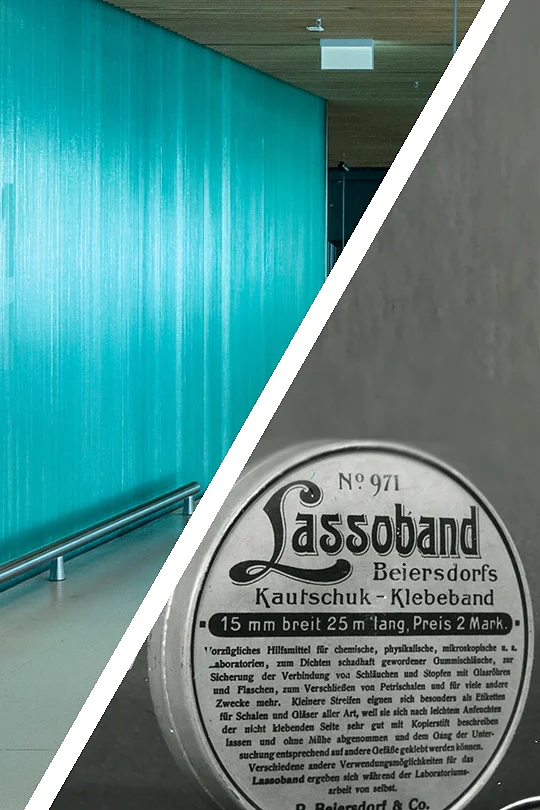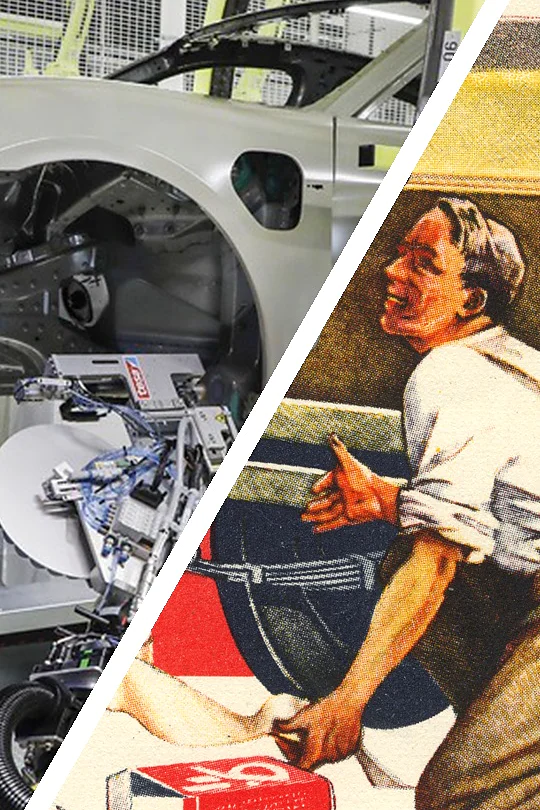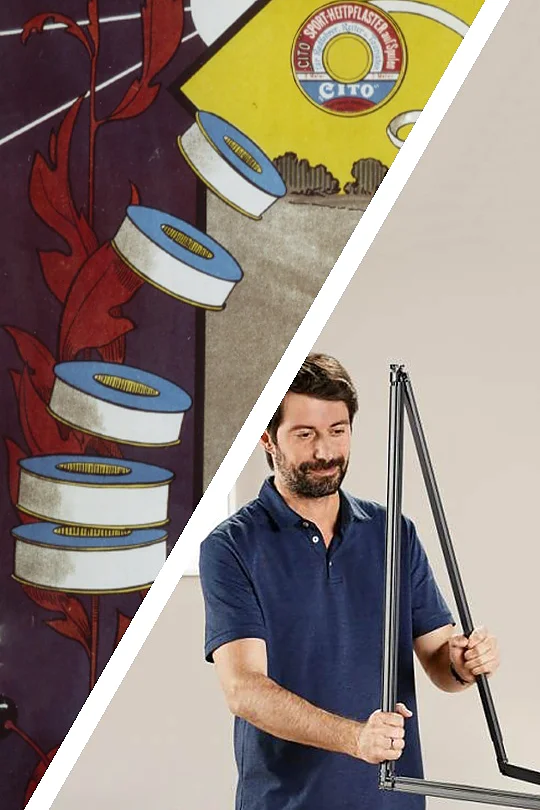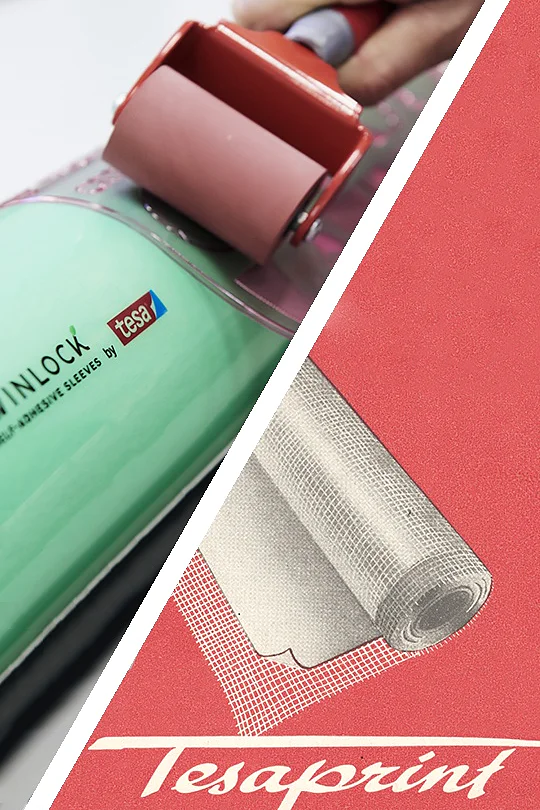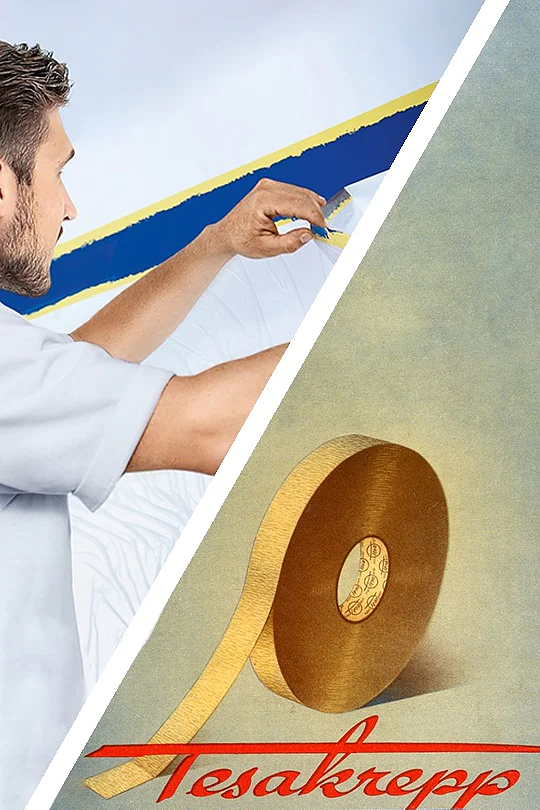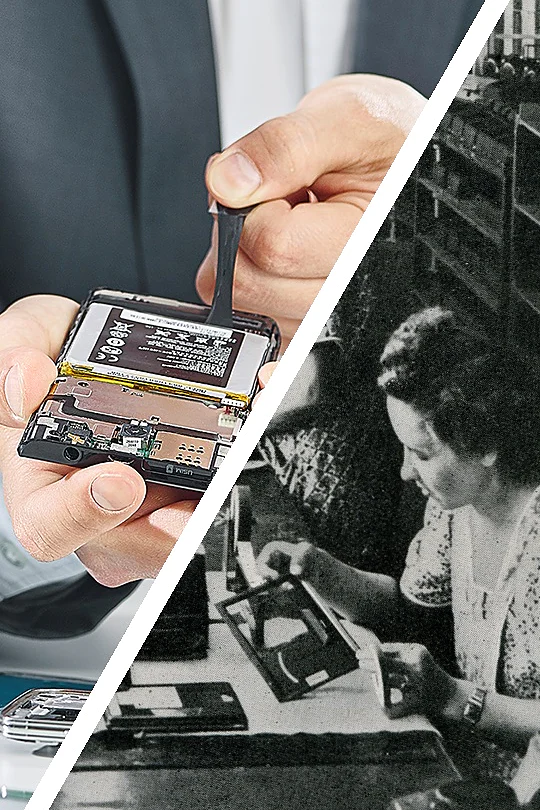In the distant past of electrical engineering, such highly complex processes were still a dream of the future. However, tesa® made exciting inventions early on. tesamoll® not only guaranteed the protection of sensitive surfaces, but since 1950 it also worked wonders as insulating tape in the "electronics compartment". Reliably! Even today, the product is an evergreen for use in electrics. The special insulating tape is used for electrical installations and insulation as well as multifunctionally for repair work.
High-tech 2021 or progress in the fifties: In the very beginning, there was and still is a technical adhesive tape. Thin, thick, transparent, opaque, tear-resistant or elastic, removable, permanent ... tesa® is always building new bridges into the future and finding clever new uses for its products. Everything at its time – and there is always "music" in it. In the 1950s, it was rock ’n‘ roll from the radio that, thanks to tesa® insulation, came through the loudspeaker without any white noise or vibration. That was also the time when electrical machines first helped with accounting in large offices. Unfortunately, they rattled loudly and created disturbances in the working ambiance. tesa® dampened the annoyance in a very innovative way – with "moll".
